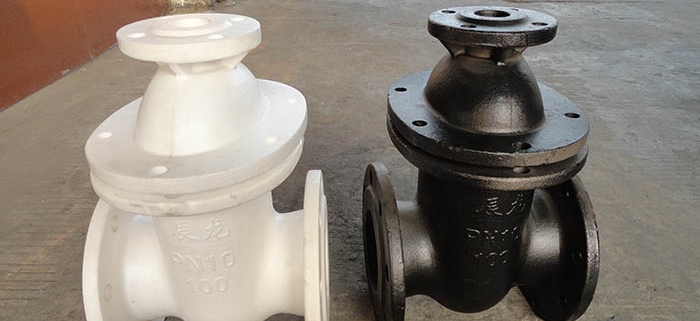The surface strengthening and modification technology of the forging die can design the surface of the die and the substrate as a system, and comprehensively utilize the surface strengthening modification technology and the coating technology to make the surface itself difficult to obtain and hopefully have specific performance. . The treatment technology that uses modern technology to change the surface, subsurface composition, structure and properties of the forged mold is called surface modification technology, and mainly includes the following ten categories:
Electrochemical transformation
The technique of forming an oxide film on the surface of a part in an electrolyte solution and an external current is called an electrochemical modification technique. Electrochemical conversion modification techniques are also often referred to as anodizing or anodizing in engineering. Recently, a major exhibition of electrochemical conversion technology is micro-arc plasma anodization, which can significantly improve the surface hardness or form a new color decorative film layer, which has a good application in the mold industry.
2. Surface formation strengthening
Using blasting, extrusion, laser shock, rolling, ultrasonic shock, vibration shock, high pressure jet and other processes to make the surface layer of the material elastically deformed, introducing residual compressive stress and generating changes in microstructure, thereby improving The material’s resistance to fatigue and corrosion resistance enhances the stability and durability of the part.
3. Surface phase transformation strengthening
The surface of the material is rapidly heated by electron beam, laser beam, etc., so that the surface and subsurface form a new phase change region and surface strengthening amount, thereby obtaining a special performance surface layer having a fine structure and a strengthening phase.
4. Ion implantation
The ions separated by the vacuum system are accelerated at a high voltage and directly injected into the surface of the material to form a very thin ion implantation layer, which changes the composition and structure of the surface of the material and improves the surface properties of the material.
5. Organic and inorganic coating technology
Organic coating technology mainly refers to the use of coatings (paints, paints, pigments, thinners) to give special surface protection, decoration and flame retardant, temperature indication and other functions.
Inorganic coating techniques are the formation of inorganic coatings or surface films on metal surfaces. The inorganic coating or surface film has a specific chemical composition, structure and morphology that impart new properties or functions to the substrate and coating system.
6. Surface alloying (diffusion)
Metal or non-metal is deposited on the surface of the base material, and penetrates into the surface of the base material by diffusion to change the chemical composition and phase structure of the surface of the material to improve the surface properties of the material.
7. Chemical conversion
The metal parts are placed in a certain chemical solution medium to form a film of a passive compound on the surface to improve the surface properties of the material. The passive compound film commonly used in engineering mainly includes chromate passivation film, phosphate passivation film, oxalate passivation film, and bluing on the surface of steel parts. In addition, in engineering applications, surface roughness reduction processes (polishing, polishing, rolling, etc.) and surface coloring are often attributed to surface modification processes such as chemical conversion.
8. Metal Electrochemical Deposition Technology
Metal electrochemical deposition refers to the technique of electrochemically depositing one or more layers of metal plating, alloy plating or composite plating on the surface of metal parts, also known as electroplating technology. Electroplating methods can be used to prepare a variety of coatings with different functions on the surface of metal parts.
9. Anti-rust technology
The chemical or electrochemical changes that occur when a metal acts under an environmental medium is called metal corrosion, commonly known as rust or rust. Rust-proof metal is a technology that prevents corrosion of metals during manufacturing, handling, transportation, storage, and use.
10. Hot dip coating technology
Hot dip coating technology, also known as hot-dip coating, is a process for immersing metal-plated materials in other liquid metals or alloys with lower melting points to form coatings. The hot dip coating technique is characterized by the formation of an alloy layer between the base metal and the plated metal.



